
Depression is a common psychological and physical health condition. It is difficult to give it a specific definition due to how it affects people differently. One overall characteristic is a decrease or lack of happiness and an absence of enjoyment in daily life. Depression can be temporary or chronic. While some symptoms of depression are a part of the human experience, for many people, these symptoms are long-term, significantly decreasing one’s quality of life. While depression is clinically divided into several categories (major depressive disorder, dysthymia, and others), many of the symptoms are found throughout.
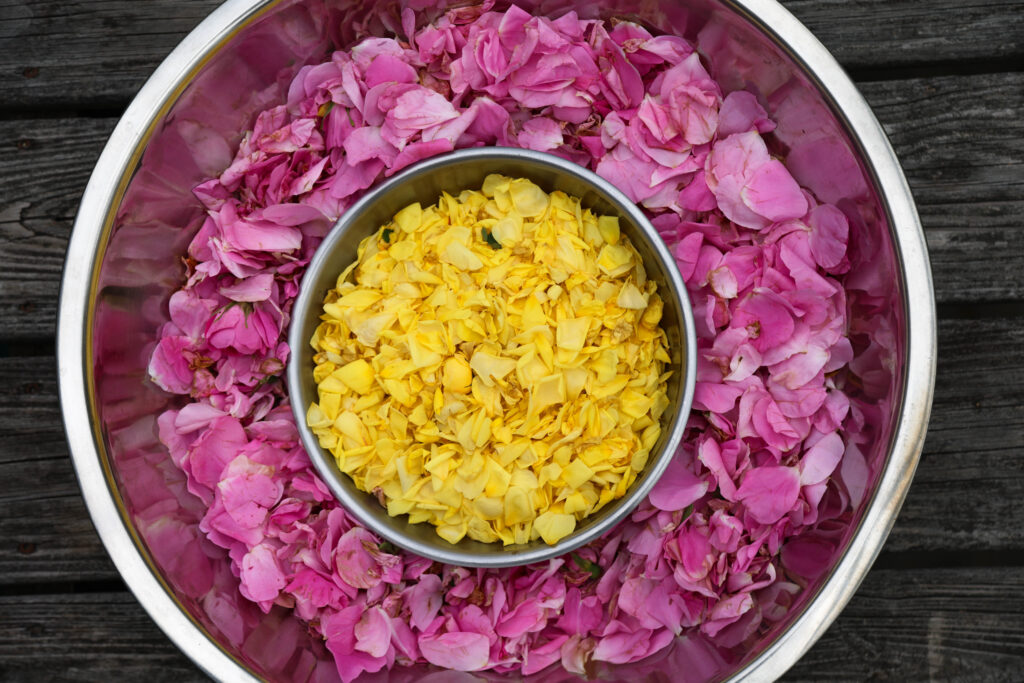
Flowers gathered around Ithaca, New York.
Symptoms include a loss of pleasure or interest in regular activities, lack of motivation, lack of self-worth, fatigue, lethargy, decreased or increased appetite, loss of libido, feelings of hopelessness, difficulty with thinking and making decisions, pessimistic thoughts, sleeping too little or too much, thoughts of death or suicide.
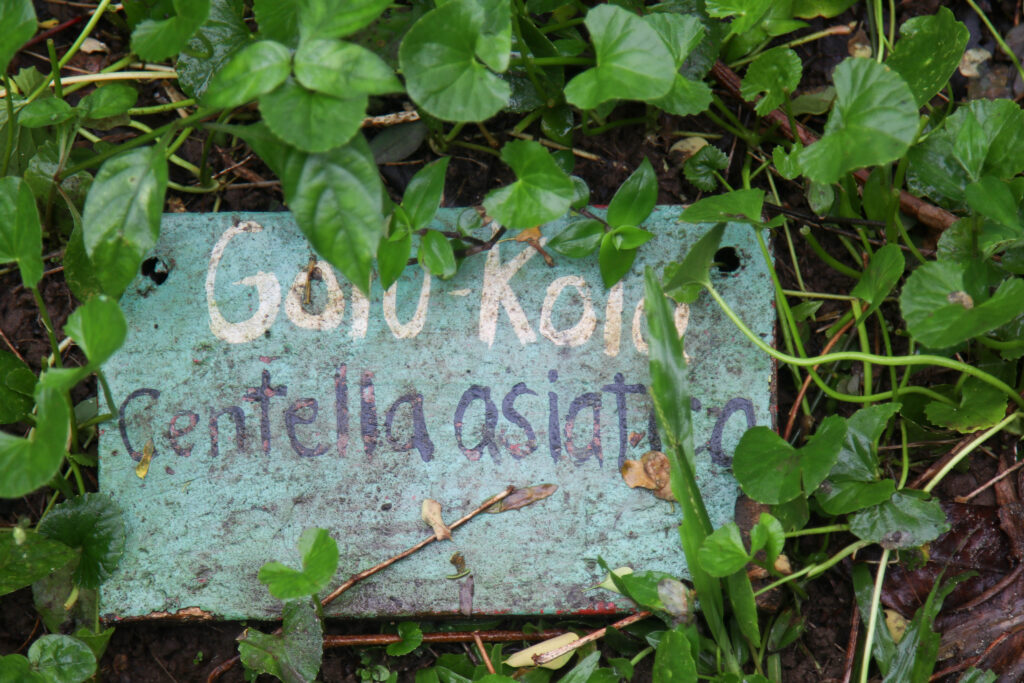
You can see one at the center top of the photo.
There are many cross-over symptoms between anxiety and depression, and individuals can cycle through both of them regularly and can also have aspects of both at the same time.
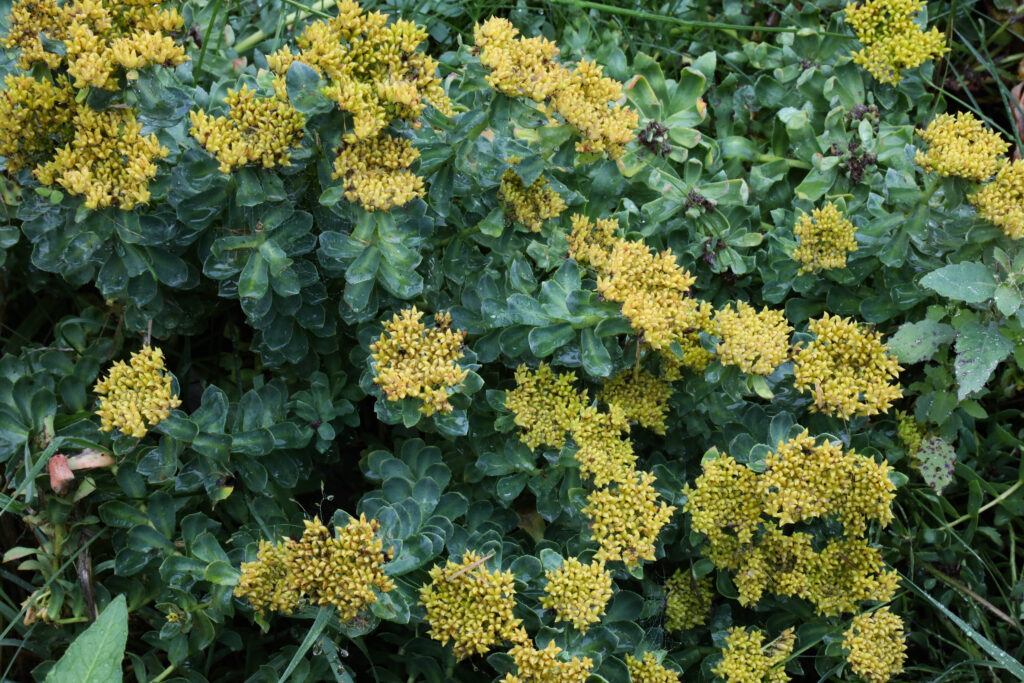
There are numerous causes of depression, though the pathological causes are poorly understood. Depression has genetic, biological, and environmental underpinnings. It can be brought on by circumstances, such as a death, or by physical illness, such as chronic pain. Depression can be brought on by medication and other substances. It can also be brought on by various foods and diet. A lack of movement can also cause depression. People can also have depression without any noticeable source.
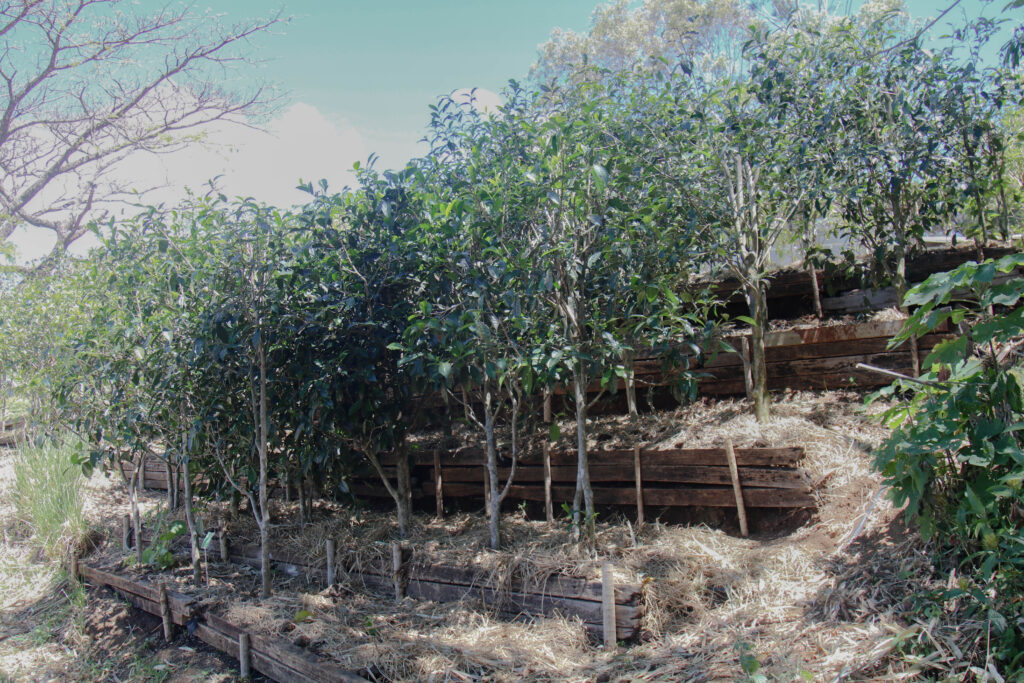
There are multiple avenues for treating depression. It can be helpful to see if there is an underlying cause, such as chronic pain, and treating that with pain-relieving and antiinflammatory herbs. Since there is a lack of stimulation associated with depression, using warming, stimulating, and aromatic herbs can be helpful such as Cayenne, Rhodiola, and Lavender. It can also be beneficial to use cognitive-supporting herbs such as Ginkgo or Gotu kola. Some herbs may have a more direct effect on depression, such as St. Johnswort and Mimosa. Since there is often a mix of anxiety symptoms with depression, anxiolytics, and nervines may be helpful. Also consider non-herbal approaches such as dietary changes and movement.
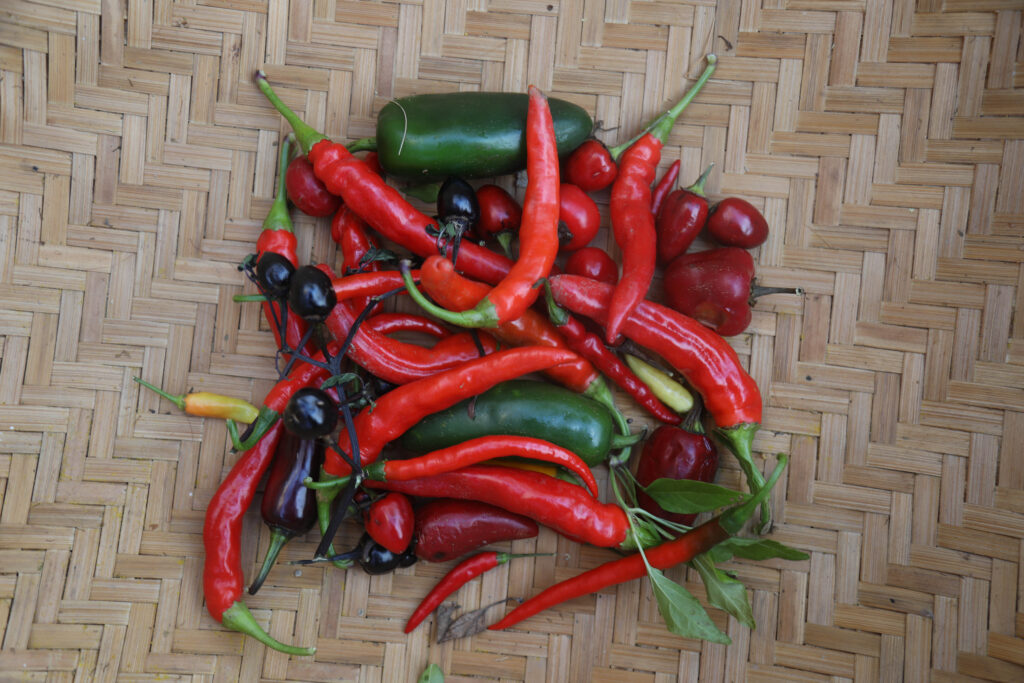
are the Cayenne peppers (Capsicum annuum).
This is a list of therapeutic categories to consider when working with depression. It could be significantly expanded when working with underlying conditions such as pain (analgesics, antiinflammatories), insomnia (sleep aids), or illness (for example, specific medicinal plants for Lyme disease).
- Adaptogen
- Antidepressant
- Antioxidant
- Bioavailability
- Cognitive support
- Nervine
- Spice
- Stimulant
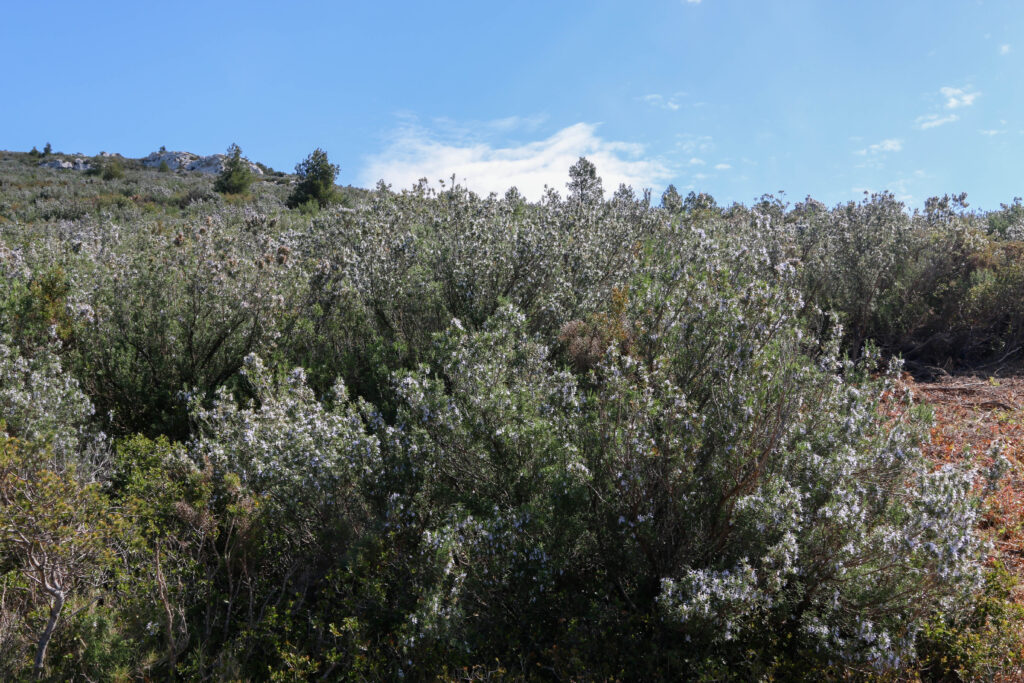
Beneficial plants for depression.
This list contains some of the more common plants and categories that may be helpful for depression. It could be greatly expanded when treating some of the underlying causes of depression, such as chronic pain (Jamaican dogwood, Hops), sleeplessness (Valerian, Kava), or illness (for example, Barberry or Oregon graperoot for long-term infections).
Adaptogens
Ashwagandha-Withania somnifera
Ginseng-Panax quinquefolius
Schisandra-Schisandra chinensis
Antidepressant
Lemon balm-Melissa officinalis
Mimosa-Albizia julibrissin
*Caution-Mimosa should not be used for anyone with bipolar disorder, as it can cause manic mood swings.
St. Johnswort-Hypericum perforatum
Antioxidant
Rosemary-Salvia rosmarinus
Bioavailability
Cayenne-Capsicum species
Cognitive support
Bacopa-Bacopa monnierii
Calamus-Acorus calamus
Ginkgo-Ginkgo biloba
Gotu kola-Centella asiatica
Lion’s mane-Hericium erinaceus
Nervine
Chamomile-Matricaria chamomilla
Desert lavender-Hyptis emoryi
Lavender-Lavandula species
Linden-Tilia species
Rose-Rosa species
Tulsi-Ocimum tenuiflorum
Spice
Cinnamon-Cinnamomum species
Stimulant
Kola nut-Cola acuminata
Maca-Lepidium meyenii
Rhodiola-Rhodiola rosea
Tea-Camellia sinensis
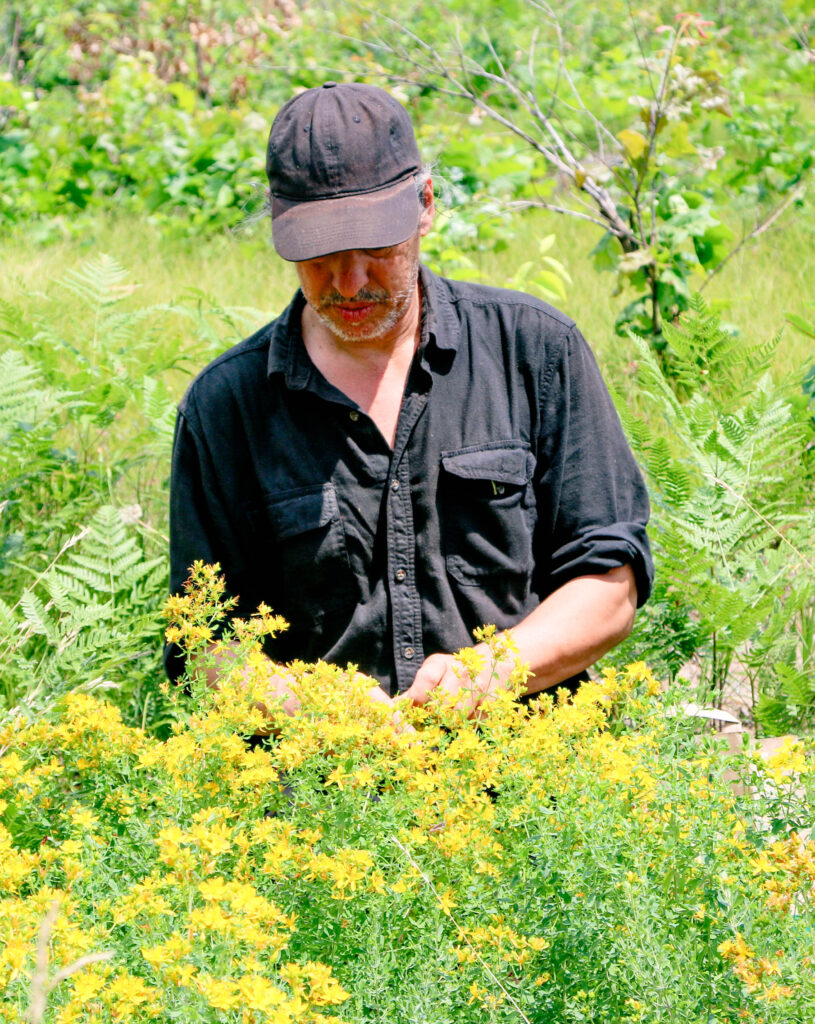
in Michigan.
